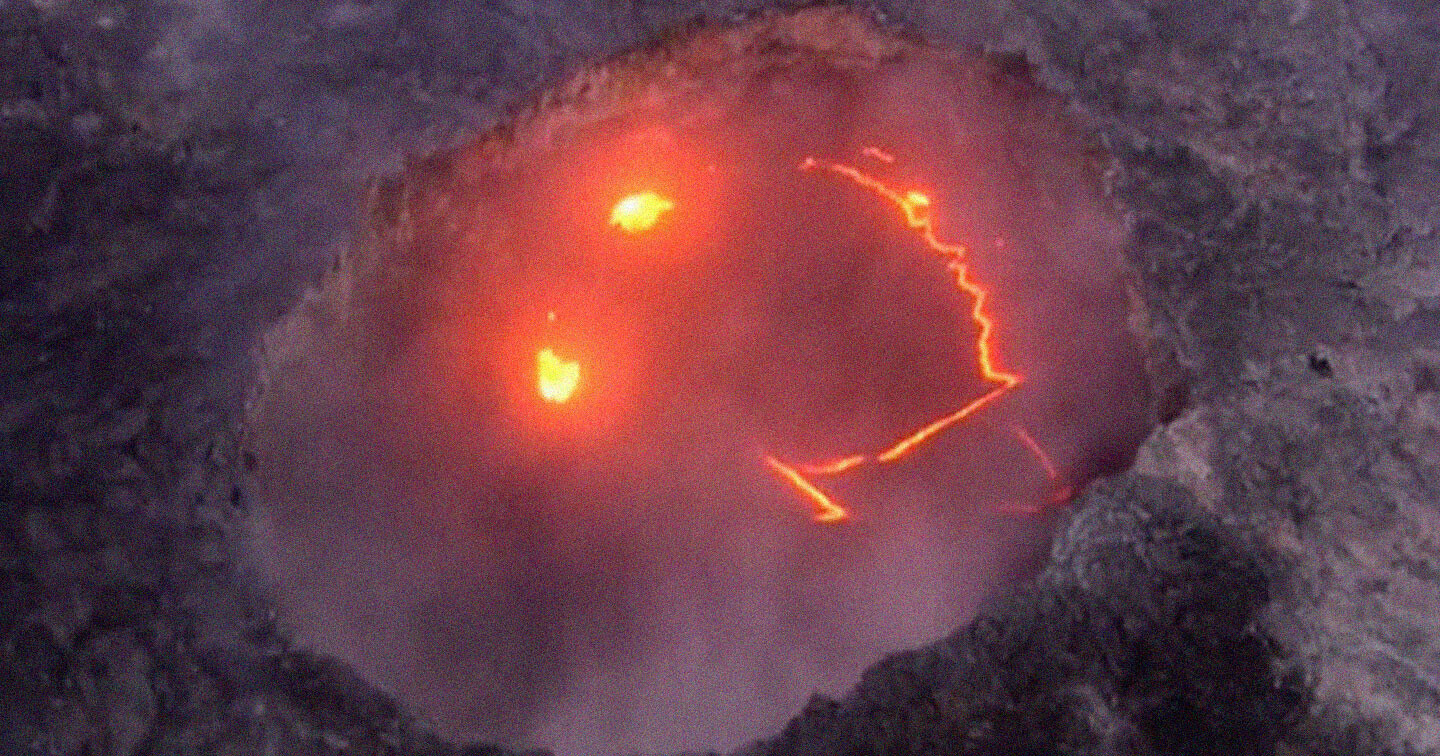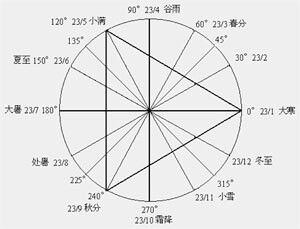There’s a movement of the earth against the world. It’s not the movement. It’s not even a movement. It’s more like what Tonika calls a procession, a holy river come down procession, a procession in black, draped in white. The earth’s procession sways with us. It moves by way of a chant. It steps in the way of the base, in the way of the dancing tao. It bows to the sisters of the good foot, carrying flowers from Caliban’s tenderless gardens. The earth is on the move. You can’t join from the outside. You come up from under, and you fall back into its surf. This is the base without foundation, its dusty, watery disorchestration on the march, bent, on the run. Down where it’s greeny, where it’s salty, the earth moves against the world under the undercover of blackness, its postcognitive, incognitive worker’s inquest and last-played radio.
Vulnerability


it is this time
That matters
It is this history
I care about
the one we make together
awkward
inconsistent
—June Jordan
There is a paradox in being anchored to one segment of your life, while other dimensions of conjoined time, itinerant homes, chosen kin, and splintered belonging become forcefully separated, wounded, and dormant. Before speaking of normalcy, let us commune with vulnerability. Before styling the digital persona for another morning, let us consider the rhythms of shedding. Before plugging into the ailing body as a data map spiting red alerts, let us mould the contours of fugitive desires. While deliberating vaccines, let us observe how the anesthesia of late liberalism is wearing away to foreground vocabularies of pain and dread. Let us remember Saidiya Hartman’s words of “on existence in a minor key” and remove the marks of shame that caution of weakness as entrapment. For that which is named weakness enables the proneness of circulation, rather than clotting. Consider this: it is no coincidence that women put in places of responsibility are treading the pandemic through strategies of collective care instead of militarization (real and metaphorical). Authoritarian governance thrives on individuation and impunity. The tongue is that resolute space of vulnerability, and as Anzaldúa comments, of malleability: “Stubborn, persevering, impenetrable as stone, yet possessing a malleability that renders us unbreakable, we the mestizas and mestizos will remain.“
“The earth’s procession is not on the world’s calendar. It is not a parade on a parade ground. It is not in the world’s teleology. Nor is the procession exactly a carnival played to mock or overturn this parade, to take over its grounds. A procession moves unmoved by the world. The earth’s procession around which all processions move struts in the blackness of time,” Harney and Moten note in their text Base Faith. Is this procession going to include melancholic figures of plastiglomerate? In the face of advanced surveillance, may this procession enable “Becoming-imperceptible,” if only to stretch boundaries of nomadic subjectivity to live more intensely—a liquid dance between the “no longer” and the “not yet.”
What might it mean to put our energies behind the unknown quotient of “what remains” rather than the known pressures toward calculable endurance in the manner that it has become etched within the machine brain? Povinelli and Berlant converse: “I always err on the side of what I think about as the problem of the “endurant” and its social antonym, exhaustion and the problem of the tensile nature of substantialized power. Internal to the concept of endurance is the tense, substance, and eventfulness of Late Liberalism: the problem of strength, hardiness, callousness; continuity through space; an ability to suffer and persist. The endurant allows me to absent the question of feeling-affect.”
In allowing vulnerability to write our present, we just might offer new codes of value. As Hu Fang writes in “Dear Navigator”: “I always felt my life had been undervalued, but perhaps it is precisely because of this that I was charged with penetrating certain mysteries of the universe.”
Plastiglomerate clearly demonstrates the permanence of the disposable. It is evidence of death that cannot decay, or that decays so slowly as to have removed itself from a natural lifecycle. It is akin to a remnant, a relic, though one imbued with very little affect. As a charismatic object, it is a useful metaphor, poetic and aesthetic—a way through which science and culture can be brought together to demonstrate human impact on the land.
“Sometimes, when I see you face to face, I am puzzled as to whether I am your ancestor or your inheritor … ”
How does one convey the beauty of the gathering and how she brings us together? How she does what she does and what unfolds inside the circle? What has she been called to bear for all of us? Refuge is to be found in a skirt of raffia, in a rampart of clay. Simone Leigh’s hands have created a world, have disrupted and evaded the dominant economy of the gaze, not by opposition or protest, not by explaining anything, but by looking otherwise, by retreating within, by a radical withholding that makes visible and palpable all that is held in reserve—all that power, love, brilliance, labor, and care. All that beauty.







